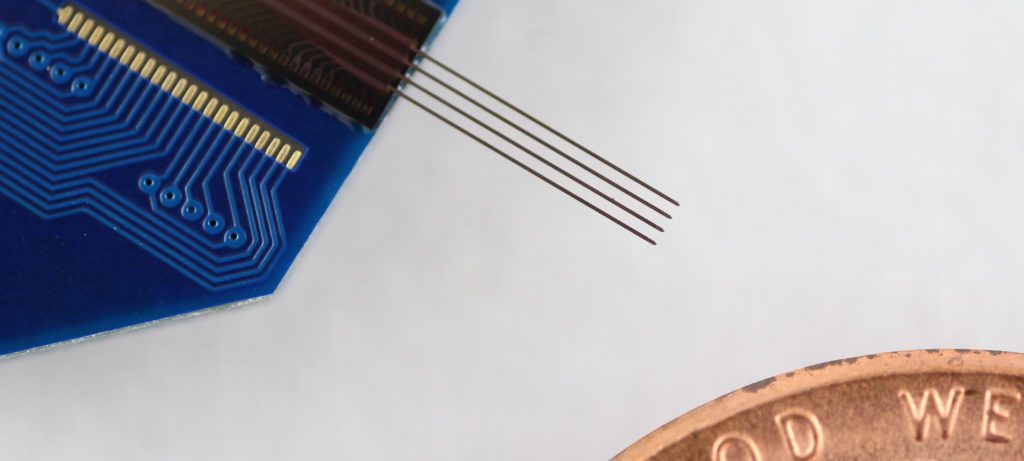Part of the team that brought us the world’s smallest computer in 2015 brings the future of computing technology into the present.
The post Battery-free sensor startup takes aim at industrial efficiency appeared first on Michigan Engineering News.
Part of the team that brought us the world’s smallest computer in 2015 brings the future of computing technology into the present.
The post Battery-free sensor startup takes aim at industrial efficiency appeared first on Michigan Engineering News.

It will now be possible to study brain activity when timing is important, such as the consolidation of memory.

A major defense project pivots to explore how to encourage COVID-safe behavior effectively.
The algorithm can pick out weak signals from nuclear weapons materials, hidden in ordinary radiation sources like fertilizer.
The post Catching nuclear smugglers: fast algorithm could enable cost-effective detectors at borders appeared first on Michigan Engineering News.

Prof. David Wentzloff’s paper examining the trends and techniques to achieve ultra-low power receivers was honored by the IEEE Custom Integrated Circuits Conference
Room-temperature plasma beams could essentially dissolve away bacteria and viruses.
The post Plasma jet wands could rapidly decontaminate hospital rooms appeared first on Michigan Engineering News.

Zhang is working to improve data security and address important ethical issues related to AI and discriminatory data sets.

Wu is working on advanced metasurfaces, which could help next-generation wireless communication, commercial and military radar systems, imaging, and antenna systems.
Virtually visit (what should be) desolate intersections around the world during COVID-19.
The post Live public street cams are tracking social distancing appeared first on Michigan Engineering News.
A wrist-worn device detected disrupted sleep 24 hours before study participants began shedding flu viruses.
The post Could a smartwatch identify an infection before you start spreading it? appeared first on Michigan Engineering News.